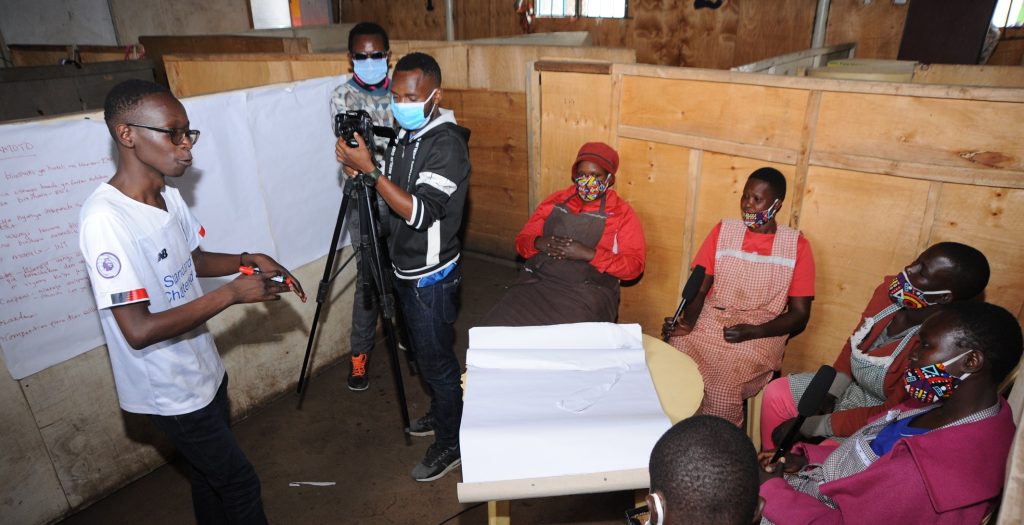
I began developing my approach for diagnostic study of unstructured problem spaces in complex adaptive human systems in earnest more than a decade ago. The roots of my interest in this work, however, go back more than 35 years to my final year of engineering back in Bangalore (Bengaluru). It strikes me, on reflection, that I need to revisit that moment in time when I think I found my calling in life, professionally speaking, because there is a definite interdisciplinary aspect to it, as I recall, as well as the blending of business and design and engineering. However, this topic is worth far more words than I want to spend in this blogpost, which instead is focused on a project that I completed during the first wave of the Covid-19 pandemic back in 2020. As happens, time has blurred since then for all of us, and I sit here taken aback that almost 5 years have passed since then.
What is significant about the Remote Resilience project conceptualized in Finland but implemented remotely in Nairobi’s informal settlements by rapidly trained young people from the communities is that its aims were met only by being able to successfully democratize the skills required for diagnosing complex and unstructured problem spaces in a manner that simultaneously fostered the creative impetus and agency for innovation-led transformation of the stakeholders’ own daily practices. This was achieved through three distinct means: a process; a practice; and, a product. All utilized conventional design methods for innovation-focused team work.
The practice was collaborative sensemaking through the problem space navigation processes of design supported by products that helped participants make sense of complex decision-making criteria. That is, to use examples from empirical study, facilitators led groups of informal vegetable vendors through an exercise in identifying all the challenges they faced due to the imposition of the pandemic’s restrictions and its subsequent transformation of socio-economic operating conditions. Subsequently, the group discussed each challenge and categorized them as either external – outside of their control to effect; or internal – within their control to effect. This facilitated navigating what might have been a disruptive situation – the pandemic – into something far more manageable by helping them identify and focus only on those issues which were within their control, in their own opinion, to address. This was the first step in diagnosing the impact of a global systemic shock on their own individual vegetable vending operations in a Nairobi slum. Agency and impetus for enhancing resilience and/or transformation through innovation was then fostered through group exercise in speculation (scenario planning and horizon scanning), ideation (sharing of ideas to address manageable challenges), and a thinking tool designed to facilitate planning and saving in conditions of fiscal uncertainty and volatility to enable implementation of innovations.
The study of innovation as constituted in multi-dimensional relational processes reveals the possibility of multiple viable entry points and pathways for purposeful change (Jiggins 2012:116)
Reference:
Jiggins, J. (2012). Diagnostic research in support of innovation. NJAS-Wageningen journal of life sciences, 60, 115-121.

